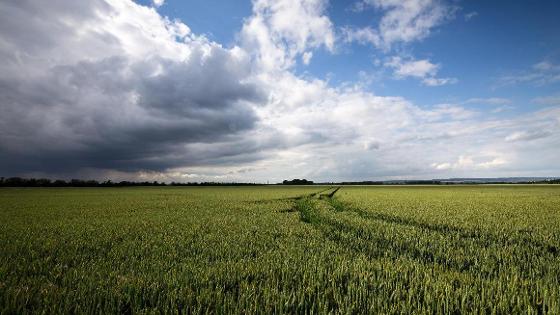Main features of the Common Agricultural Policy (CAP) and its implementation in Germany
From 2023, the reform of the Common Agricultural Policy (CAP) will make European agriculture greener and more sustainable and provide a reliable and stable framework for the period up to 2027.
In the period from 2023 to 2027, approx. 6.2 billion euros of EU funds are available each year for agricultural subsidies in Germany.
EU funding is divided across two pillars:
- The first pillar is primarily composed of direct payments to farmers that, if the respective requirements are met, are granted per hectare of farmland. Greening, which had thus far been compulsory, was transferred to the conditionality regulations; the previous greening premium is dropped. What is new is the payments for the voluntary “eco-schemes”.
- The second pillar comprises specific funding programmes for sustainable and environmentally sound farming and rural development.
First pillar: Direct payments
Governmental aid has several aims: firstly, it is intended to remunerate the diverse services that farming provides for society, and to ensure that these services are maintained. Farmers bear a heavy responsibility to ensure the preservation of cultivated landscapes and supply the population with a sufficient amount of high-quality foods. They shape the social fabric in villages and create income and job opportunities in rural areas.
Especially in the fields of environmental conservation, animal welfare and consumer protection, farmers in Europe must meet significantly more stringent standards than their colleagues in other parts of the world. These higher standards raise the cost of production in many cases and may be a competitive disadvantage in a globalised market. Support seeks to offset this disadvantage and ensures higher product safety and quality.
Thirdly, the direct payments help to safeguard and stabilise farmers' incomes and to hedge risks by cushioning the impact of price fluctuations for agricultural products, which in some cases may be extreme.
From 2023, the eco-schemes will serve as a new instrument for direct payments that reward farmers who voluntarily provide additional environmental services. The eco-schemes further enhance the environmental contribution of direct payments. Seven eco-schemes are available. They include well-known provisions, e.g. the additional setting aside of arable land or the extensification of permanent grassland in favour of biodiversity. However, it will also be possible in the future to fund new options such as the management of agroforestry systems.
Second pillar: Rural development support
In addition to the support to farmers through direct payments under the first pillar, the second main objective of the Common Agricultural Policy is to create an attractive future for the rural population. The European Agricultural Fund for Rural Development (EAFRD) is the main support instrument in implementing the common EU priority areas for the development of rural areas.
The priorities of rural development support are rooted in long-term strategic goals: making the agricultural sector highly competitive, providing for the sustainable management of natural resources and bolstering economic strength in rural regions.
Agri-environment-climate measures (AECMs), organic farming and animal welfare measures are essential instruments for achieving environmental objectives under the Common European Agricultural Policy.
The details on the allocation of the funds that Germany is entitled to are laid down in the strategic plan. The CAP strategic plan for Germany comprises EU funds of approx. 30 billion euros during the period from 2023 to 2027. The range of support measures addresses areas that have an impact on the management of our land as well as the life, living situation and work of roughly 40 million people living in rural areas. In the agricultural sector alone, 300,000 applicants are eligible. The CAP strategic plan promotes resilient agricultural production, rewards environmental and climate services, and contributes to the future viability of rural areas. In this context, especially an ecologically sustainable agricultural sector ensures food security in the medium term while conserving natural resources. With the “new delivery model”, the focus has been placed on the European and national objectives, which the CAP Strategic Plan aims to help achieve.











